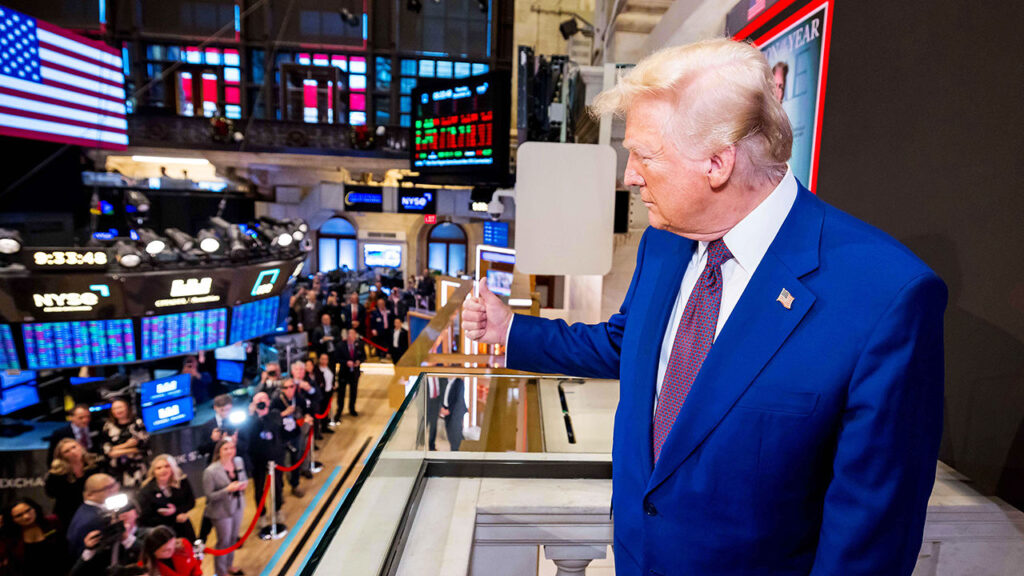In recent discussions about the implications of political shifts on the financial landscape, Jamie Dimon, the chief executive of JPMorgan Chase and a prominent figure in Wall Street, has shed light on the sentiments within the banking sector following Donald Trump’s election victory. His remarks encapsulate a deep-seated excitement among bankers who anticipated a more favorable regulatory environment under Trump’s administration. This enthusiasm was particularly palpable amongst financiers who had become increasingly frustrated during Joe Biden’s presidency, a period characterized by heightened scrutiny of mergers, increased bank fees, and a barrage of new capital-market rules that impacted their operations significantly.
Banking professionals had been navigating a complex and often challenging regulatory terrain during the Biden administration. Numerous new regulations were introduced that not only affected the operations of financial institutions but also altered the overall landscape in which they functioned. Factors such as merger scrutiny and the pressure to reduce fees and offer more customer-friendly services put a strain on banks’ profitability and growth forecasts. More than ever, the financial sector had to adapt quickly to this evolving environment, causing uncertainty and anxiety amongst bankers. This period of regulation focused on increasing transparency and accountability in the banking industry, so it was no surprise that the banking elite were eager to return to an era perceived as more pro-business.
As the inauguration of Donald Trump approached, many in the financial sector began to speculate on the potential changes that might ensue. Trump’s campaign had tantalized the banking community with promises of deregulation, reduced taxes, and a friendlier business climate. Momentum began to build around the idea that the new administration could reverse some of the stringent regulations imposed in previous years, which would likely provide a conducive environment for bank mergers and acquisitions, as well as facilitate the introduction of innovative financial products.
However, the jubilation within Wall Street was tempered by the understanding that while Trump’s presidency could bring about beneficial changes, the long-term implications of his policies would require careful analysis. Financiers recognized that shifts in policy could potentially disrupt the status quo, and while deregulation might ease immediate pressures, it could also lead to more extreme market fluctuations in the future. For example, the possibility of looser financial regulations might spur rapid growth in certain sectors, but it could also sow the seeds for future crises, as was seen during the financial meltdown of 2008.
Moreover, Dimon and other financial leaders were acutely aware of the political maneuvering that might follow. Lobbying efforts were expected to intensify, as banking institutions ramped up their influence on policy decisions. The question of how effectively Trump would navigate this complex political landscape to fulfill his promises remained an open one. The balancing act between encouraging business growth and addressing potential risks to the economy would certainly define his term and, consequently, the performance of the banking sector.
In conclusion, as the inauguration of Donald Trump drew nearer, American financiers were left weighing the potential benefits against the inherent risks of a shifting political and regulatory landscape. While excitement permeated their ranks, there existed an undertone of caution—a recognition that the future of the financial industry would depend not only on the immediate alterations to policies but also on the broader implications of these changes for stability and growth in the long run. This duality of hope and concern was reflective of a financial sector poised for transformation as it prepared to embrace a potential new era under Trump’s leadership.



